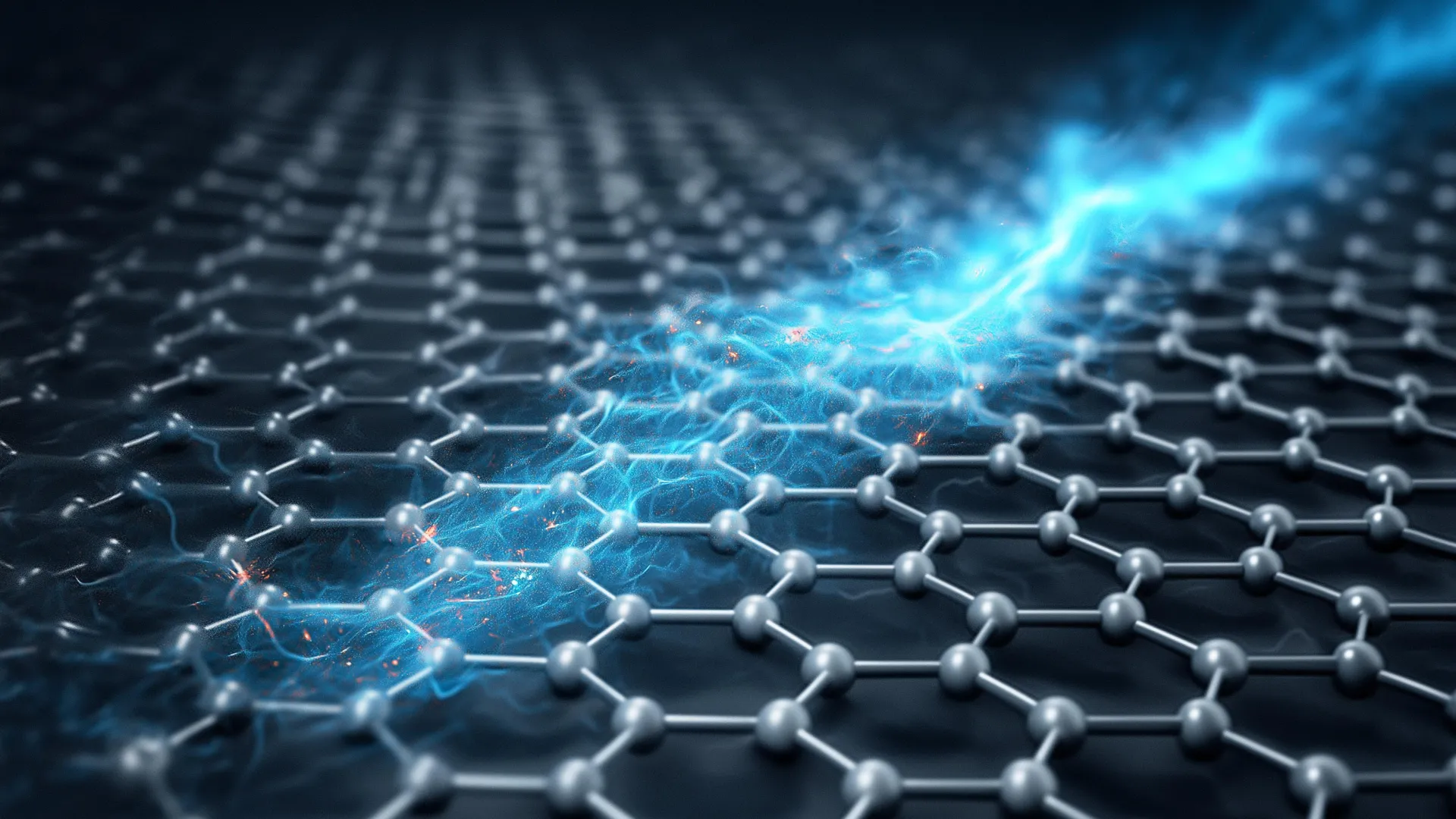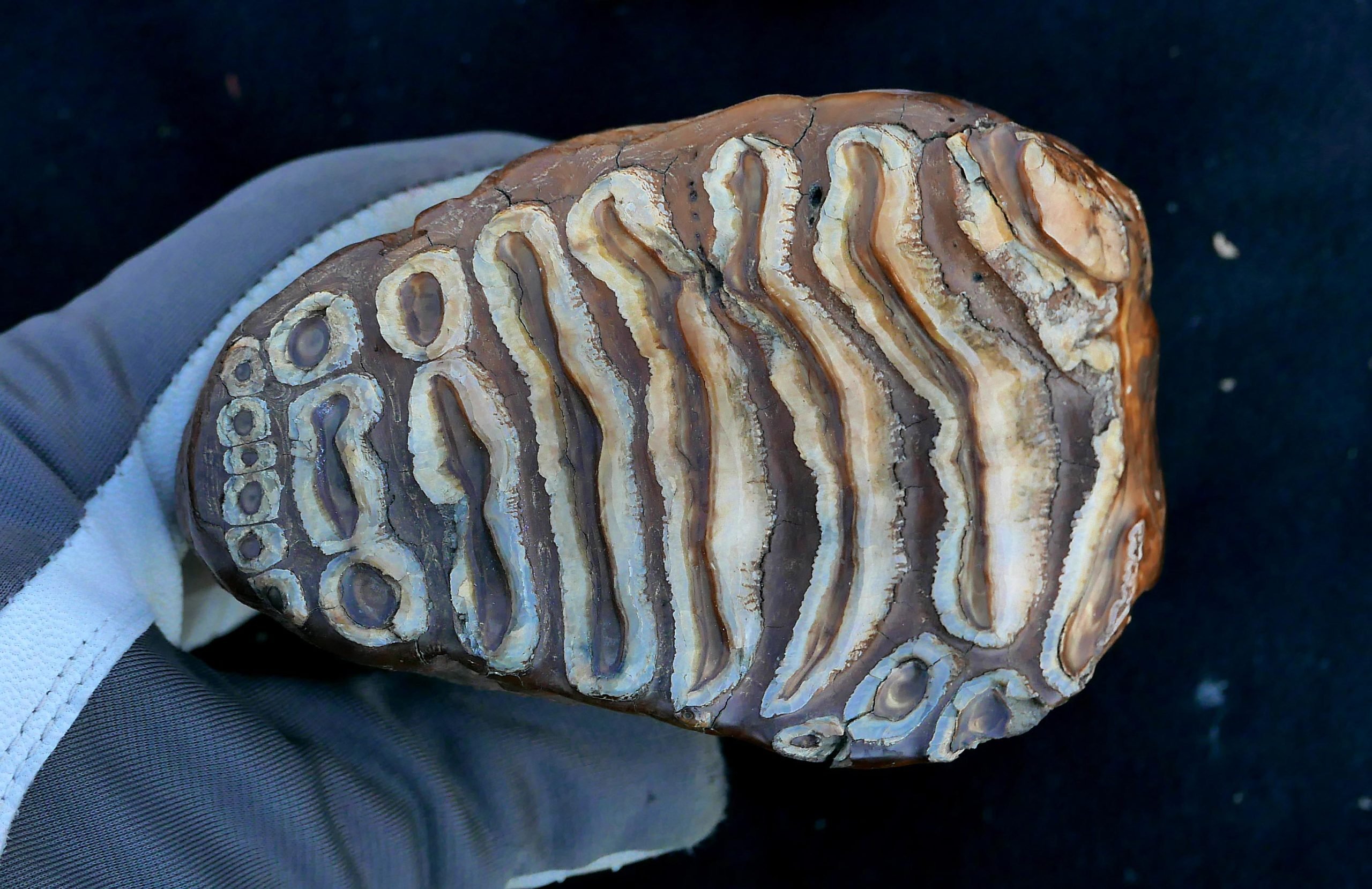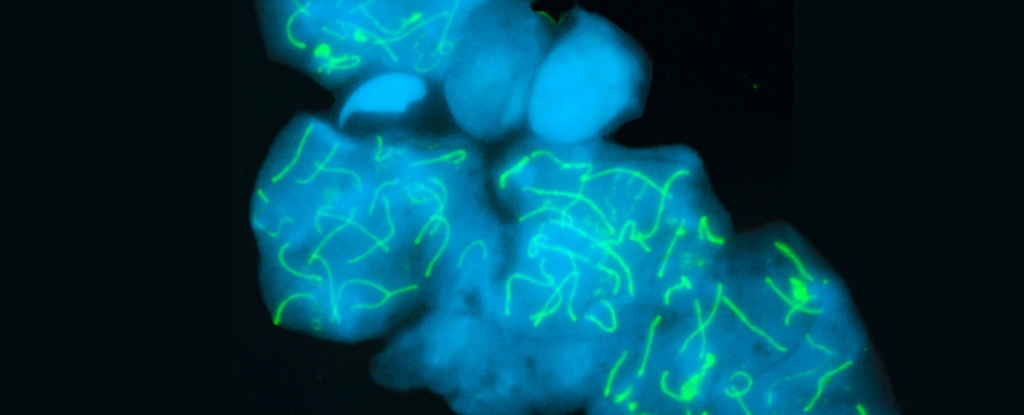Scientists Finally Crack the Code of Electron Tunneling! Here’s What It Means for Our Future

Imagine if we could teleport through walls, like a superhero in a sci-fi film. While that may sound fantastical, something eerily similar happens in the microscopic world, and now, thanks to groundbreaking research led by Professor Dong Eon Kim from POSTECH, we are one step closer to understanding this cosmic phenomenon known as 'electron tunneling.'
For over a century, the mystery of how electrons slip through energy barriers they shouldn't be able to overcome has baffled scientists. Published recently in the international journal Physical Review Letters, this study promises to unveil the secrets behind this quantum mechanics principle that powers our modern world—from the semiconductors in our smartphones to the heart of nuclear fusion in the sun.
At its core, quantum tunneling allows electrons to 'dig' through walls that would otherwise confine them. This isn't just a theoretical concept; it’s the backbone of many technologies we rely on every day. Yet, while we understood the journey's start and finish, the path inside the barrier remained shrouded in mystery—until now.
In an innovative experiment, Professor Kim's team collaborated with scientists at the Max Planck Institute for Nuclear Physics in Heidelberg, Germany, using intense laser pulses to provoke the tunneling process in atoms. What they discovered was astonishing: electrons don’t merely traverse the barrier; they engage in what the research team termed 'under-the-barrier recollision' (UBR). This means that during their passage, electrons collide with the atomic nucleus, gaining energy in a way that defies previous beliefs.
Even more intriguing is the phenomenon known as 'Freeman resonance,' where the re-collision of electrons significantly boosts ionization effects inside the barrier. This breakthrough suggests a level of electron behavior that had not been accounted for in existing theories and opens up exciting possibilities for enhancing technologies that depend on tunneling.
Professor Kim expressed his excitement, stating, 'Through this study, we were able to find clues about how electrons behave when they pass through the atomic wall. Now, we can finally understand tunneling more deeply and control it as we wish.' As researchers continue to peel back the layers of electron dynamics, the implications for future technology—especially in areas like quantum computing and ultrafast lasers—are nothing short of revolutionary.
This research, supported by the National Research Foundation of Korea and the Korea Institute for Advancement of Technology, marks a pivotal turning point in our understanding of quantum mechanics and points to a future where we may harness the enigmatic behaviors of electrons for groundbreaking innovations.



























